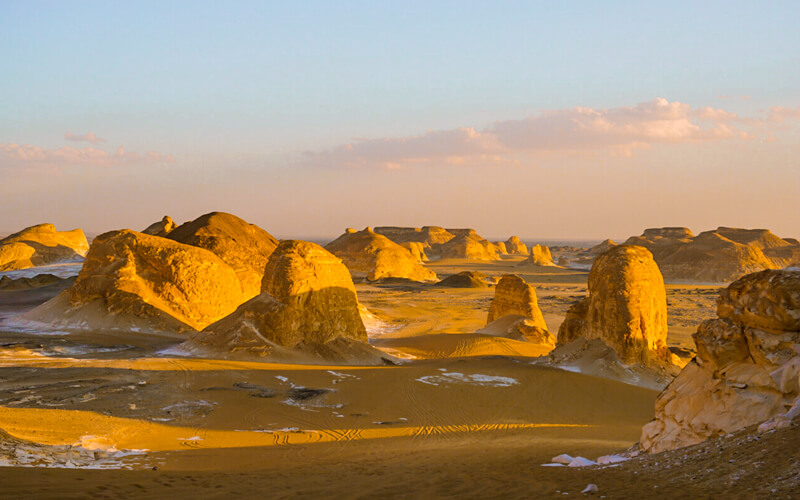
There is a possibility that the El Heiz Valley might be located deep into the Western Desert. If this turns out to be the case, it would be pretty exciting.
It is situated near the Black Desert due to the presence of many charred stones on its surface.
On the geologic timeline, the iron pyrite discovered in this area likely dates back to the Oligocene or the early Miocene. This is the most plausible scenario. Because of it, the sandstone layers that came before it all had a top crust when they were produced, which was where they got their top crust.
Although the historical periods in which the formation of nummulites and limestone concretions may be traced back to a wide range of epochs in the history of the Earth, it is still possible to trace back the origin of each different sort of rock to the same place.
Roman troops stationed in Qasr Masuda, situated near al-Haiz, kept a vigilant check not only on the trade routes that traveled through the region but also on the activities that took place there. This included monitoring the activities that took place in al-Haiz. This Roman fortress, which was the most northerly construction of its kind and could have been built there, was found in the Western Desert, and it was the most northern building that could have been found there.




